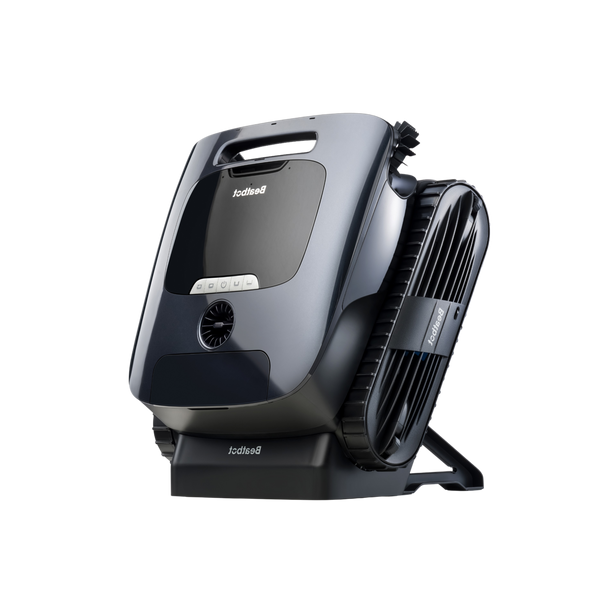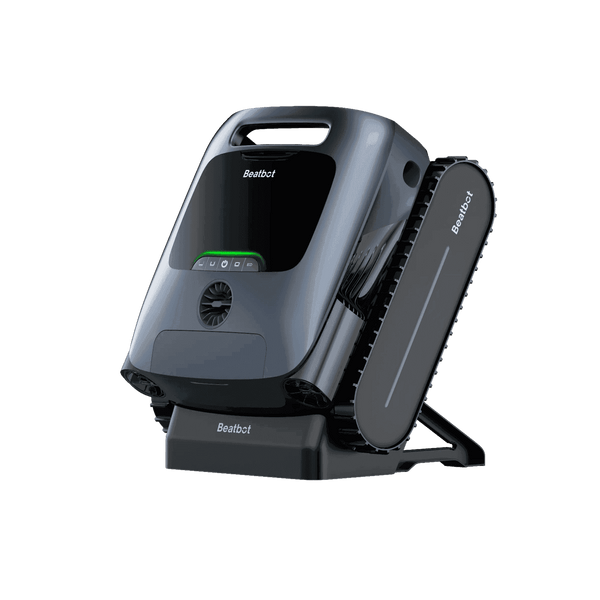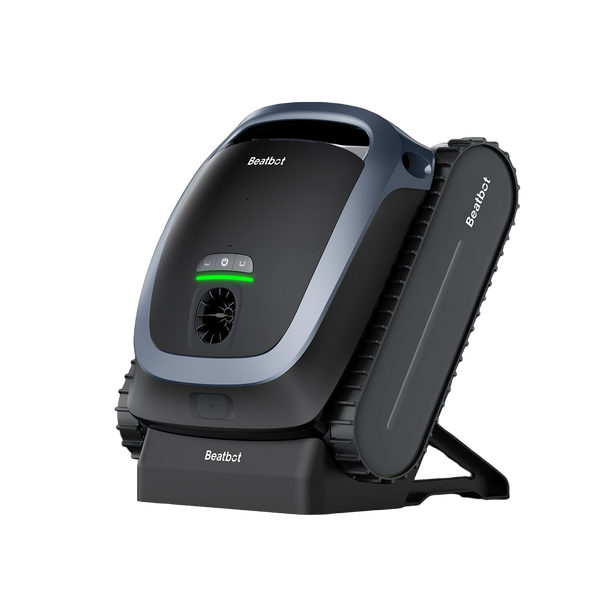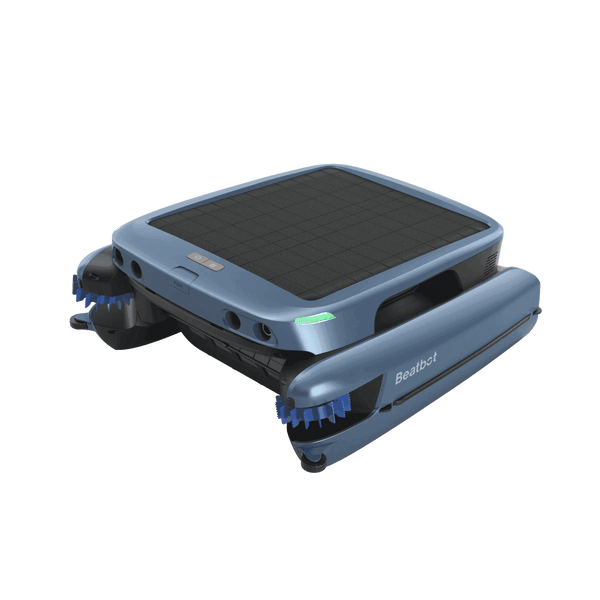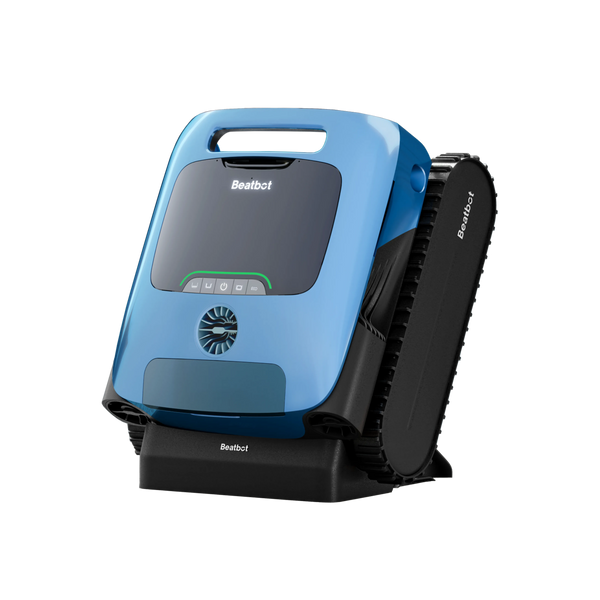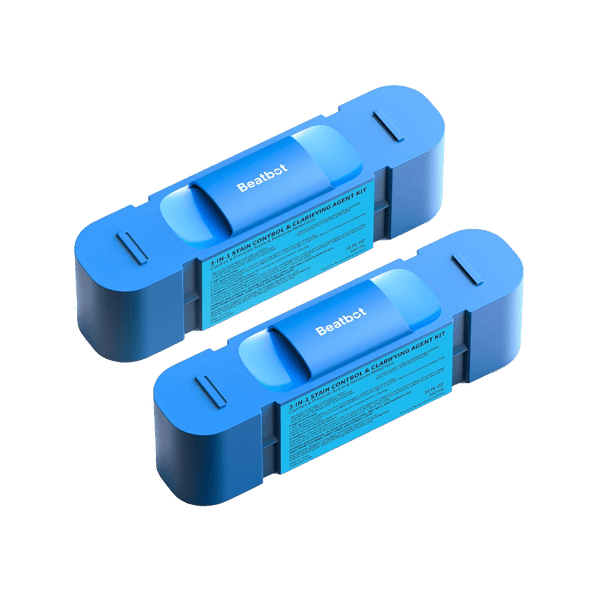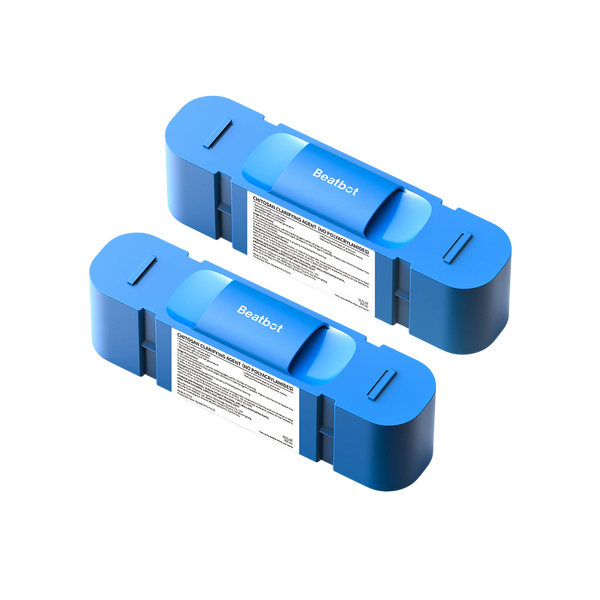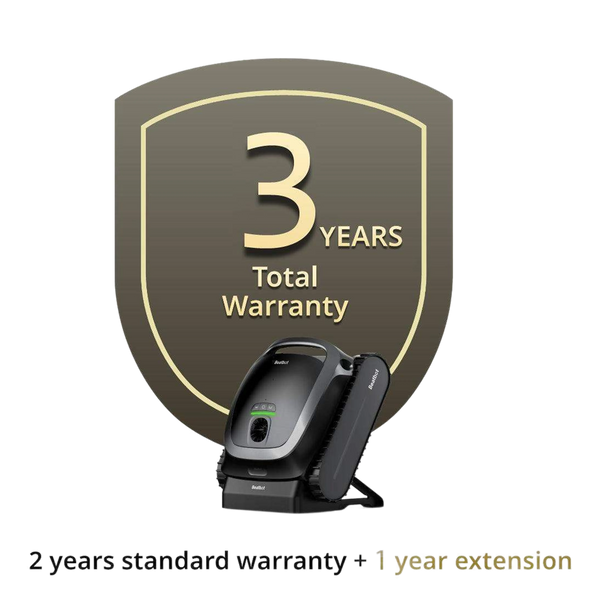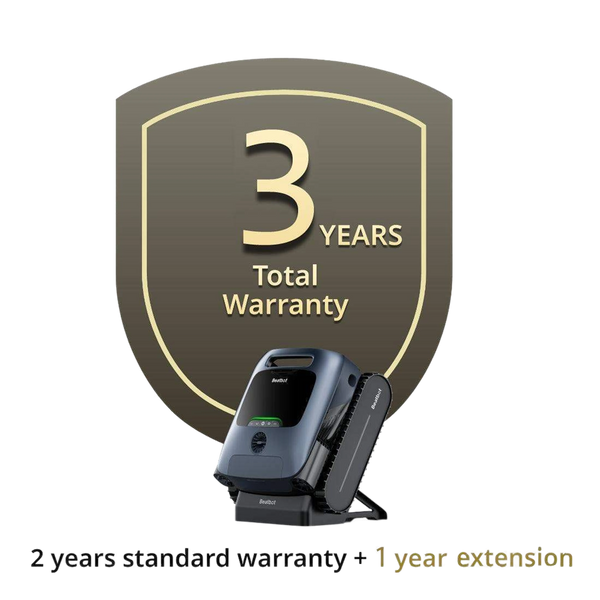Understanding Free Chlorine: The Active Disinfectant in Your Pool
The temptation to jump into a crystal clear pool is irresistible to anyone. But many factors can affect the clarity of a pool, and free chlorine plays a big role. If you're new to pools, it's worth a quick refresher on the basics: what free chlorine is and how it works— It's always good to know more, anyway.
Table of contents
What is free chlorine?
Free chlorine, often abbreviated as FC, is the part of chlorine in pool water that can be used to kill bacteria: When you add chlorine to water, it immediately converts to hypochlorous acid or hypochlorite ions, which are collectively referred to as free chlorine, which is the chlorine in your pool that hasn't been used up.The reaction can be represented as follows: Cl2 (chlorine) + H2O (water) -> HOCl (hypochlorous acid) + HCl (hydrochloric acid). It's the active ingredient that kills bacteria, algae, and other pathogens, ensuring your pool water stays clean.Your pool faces a variety of threats every day, from algae to bird droppings. Any small negligence can turn it into a stinking ditch that no one likes. Free chlorine is always ready to clean your pool and fight against external pollutants to protect your beloved pool.

Why is Chlorine Used in Swimming Pools and Water Treatment Facilities?
Chlorine plays a crucial role in maintaining the cleanliness and safety of water, making it indispensable for both swimming pools and water treatment facilities. Here's why:
Effective Disinfection : Chlorine is renowned for its ability to neutralize harmful bacteria and microorganisms. By disrupting their cell structures, chlorine eliminates pathogens that can cause diseases. This makes water safe to swim in and drink.
Chemical Reaction : The power of chlorine lies in its chemical reaction that inactivates bacteria and viruses upon contact. This reaction ensures that water remains free of contaminants, making it safe for communal and personal use.
Versatile Applications : Beyond disinfection, chlorine's adaptability makes it useful for various purposes. In addition to pool treatment and potable water processing, chlorine is utilized in producing consumer goods such as textiles and paints. It is also pivotal in pharmaceutical manufacturing, demonstrating its wide-ranging utility.
Cost-Effectiveness and Accessibility : Chlorine is both affordable and easy to obtain, making it a practical choice for large-scale water sanitation needs. Its widespread availability ensures that facilities can maintain water quality consistently.
Swimming pools and water treatment facilities rely on chlorine not just for its disinfecting properties but also for its efficiency and reliability in delivering clean, safe water.
The Importance of Free Chlorine in Water
Adequate free chlorine is essential to maintaining water quality. The ideal level of free chlorine in a swimming pool is usually between 1.0 and 3.0 ppm. This range ensures effective disinfection without causing irritation to swimmers. However, if your pool has high levels of contamination, you may need more than 3ppm of free chlorine. In addition, if you use cyanuric acid (CYA) to stabilize the chlorine level in your pool (this substance protects chlorine from UV interference and decomposition), you need to consider its inhibitory effect on free chlorine, in which case you may need to add more chlorine. This’s a guide for the acceptable limits:
| CYA level (ppm) | Max. FC level (ppm) |
| 20 | 10 |
| 30 | 12 |
| 40 | 16 |
| 50 | 20 |
| 60 | 24 |
| 70 | 28 |
| 80 | 31 |
| 90 | 35 |
| 100 | 39 |
Differentiating Free Chlorine (FC) from Combined Chlorine (CC) and Total Chlorine (TC)
Free Chlorine (FC): As mentioned above, FC is the active disinfectant in the pool. It is chlorine that is ready to work.Combined Chlorine (CC): This is chlorine that has reacted with contaminants and no longer has a disinfecting effect. It is also converted from free chlorine: after the free chlorine has disinfected the pool, it combines with the reacting contaminants to form a combined chlorine.Total Chlorine (TC): TC is the sum of FC and CC. It represents the total amount of chlorine in the water.
Testing and Adjusting Free Chlorine Levels
To ensure your pool is in a healthy balance, you need to frequently test the free chlorine level to ensure it is in the right range for cleanliness and safety. There are many products on the market that make it easy to test your chlorine levels. For an accurate test, we recommend that you prepare the appropriate tools in advance:
- Test strips: Similar in every way to pH test strips, these tools provide a convenient method for simple and quick testing. Simply dip them in the water, wait for them to change color, and then match the color to a chart to get your pool's chlorine value.
- Digital meters: These sophisticated scientific instruments make it easy to accurately test chlorine levels in a very short time. They are also easy to use: just dip their probes in the water.
- Liquid test kits: This method also provides accurate results: take a sample of the pool water, add the reagents to it, and compare their color changes to a standard chart to get the results.
What Are the Primary Systems for Monitoring Pool Water Quality?
Maintaining the right water quality in your pool is essential for safety and enjoyment. Here are the key systems you should consider:
Automated Pool Chemical Monitors
These systems automatically assess and adjust chemical levels, ensuring your pool remains balanced without constant manual checks. They often integrate seamlessly with other pool management systems for more efficient operation.Wireless Smart Monitors
Smart devices equipped with wireless capabilities offer real-time data via smartphone apps. These tools provide updates on pH levels, chlorine concentrations, and other critical metrics, making pool maintenance more convenient and data-driven.Electronic Meters for DIY Monitoring
For those who prefer a hands-on approach, electronic meters allow for precise measurements of water parameters. They offer a reliable way to monitor chemical levels without relying on automated systems.Standard Test Kits
A traditional yet effective option, these kits include various test strips and reagents to assess pool water quality. Ideal for DIY enthusiasts, they provide a basic understanding of chlorine, alkalinity, and pH levels.
Each system has its advantages, whether you prioritize convenience, control, or expertise. Selecting the right one depends on your specific needs and how involved you want to be in the process.
Step-by-step: Testing your free chlorine level
- Testing: Fluctuations in FC levels are critical to keeping your pool clean, so we recommend that you test your values at least once a week. Measure them with a reliable test kit!
We've got you covered. - Adjustment: If FC levels are too low, you'll need to add more chlorine to your pool. This can be done in a variety of ways, such as adding chlorine tablets, granules, or liquid chlorine. But it's important to always follow the manufacturer's instructions for the correct dosage.
- Monitoring: After adjusting chlorine levels, it's important to monitor the water regularly to ensure FC levels remain stable. Factors such as sunlight, swimmer load, and water temperature can affect chlorine levels.
By understanding and managing the free chlorine levels in your pool, you can ensure the water remains clean, clear, and safe.
Relative Blogs
About the author
